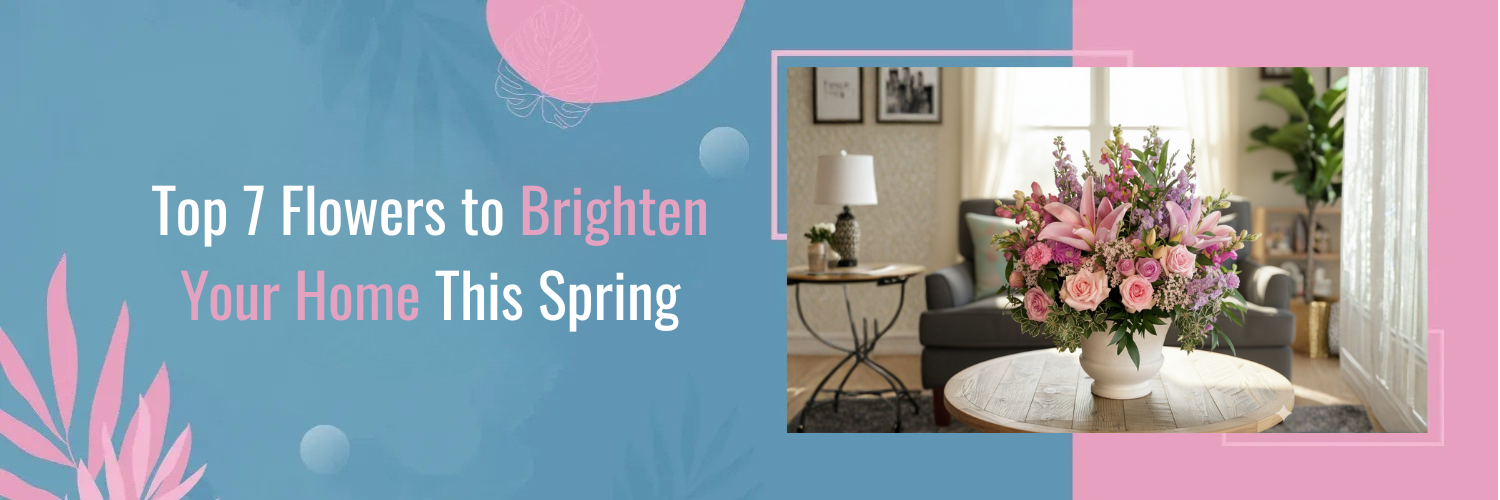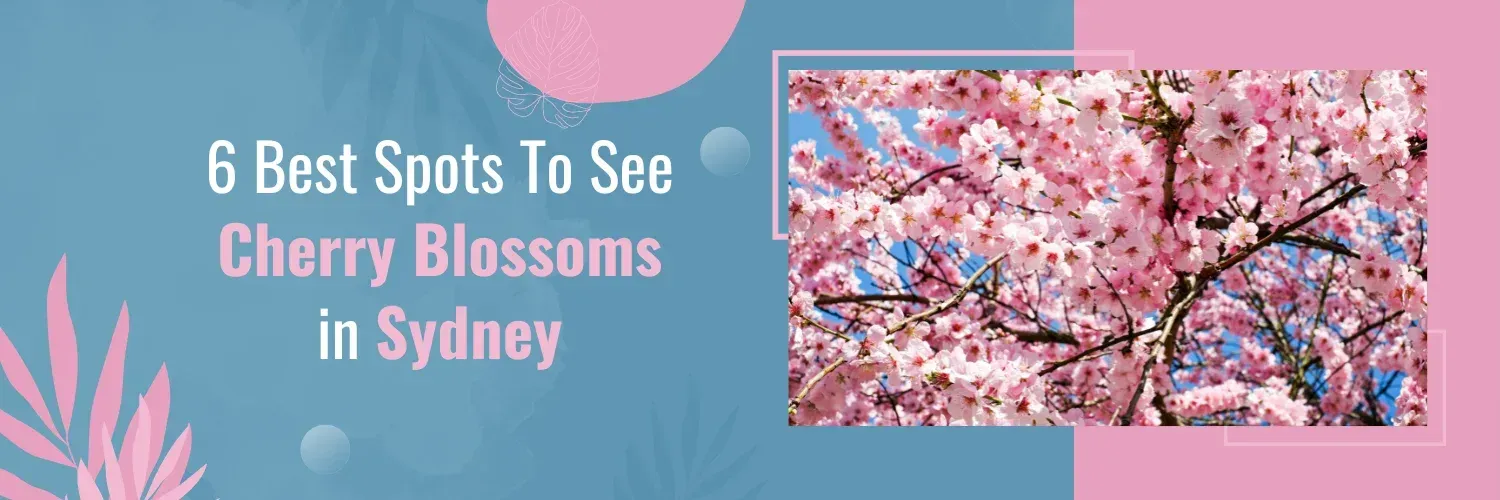How to Transform Your Home Interior
Home decor is not just about aesthetics; it’s about creating a comfortable and welcoming environment that resonates with your personality. Following trends ensures that your home reflects contemporary styles and doesn’t become outdated.
Soft colours have a unique charm that can soothe the senses and evoke a sense of tranquility into your home.
Let’s explore the current trends and practical tips on how to incorporate them into your living spaces.
What Are Soft Colours?
Soft colors are gentle and muted hues with a calming quality. They include pastels like soft pinks, blues, and greens, as well as gentle neutrals like beige, ivory, and gray. These colors have low saturation, making them easy on the eyes and ideal for creating harmonious living spaces.
The psychological impact of soft colours on mood and ambiance is profound. Soft colours can evoke feelings of serenity and calmness. They can reduce stress and anxiety levels, making them ideal for spaces where relaxation is paramount, such as bedrooms and living rooms. These colours also work well in open floor plans, creating a flow that feels gentle and inviting.
Current Trends in Soft Colours
Trend #1 – Serene Neutrals
Beige, for example, adds warmth and sophistication to a room, while gray provides a modern and elegant backdrop. These serene neutrals can be used as primary colours in a room or as supporting elements to accentuate other soft color choices.
To use serene neutrals effectively, consider pairing beige with white for a timeless look, or blending gray with soft pastels for a subtle pop of colour. In bedrooms, soft gray bedding and beige walls create a tranquil oasis. In living spaces, an ivory sofa can serve as a versatile centrepiece, allowing you to experiment with soft colour accents through accessories and decor.
Trend #2 – Nature-Inspired Hues
Nature has always been a rich source of inspiration for interior design, and nature-inspired soft colours are all the rage. Shades like sage green, sky blue, and blush pink bring the calming influence of the outdoors into your home. These colours evoke the serenity of natural landscapes, making them perfect choices for creating relaxing and harmonious interiors.
To bring natural colors into your home, try sage green for kitchen cabinets or backsplashes. Sky blue is perfect for bedrooms, evoking the calming sky, while blush pink adds elegance to dining rooms or home offices. Pair these hues with native flowers and plants , as well as natural materials like wood and stone, to enhance the connection to the natural world.
Trend #3 – Textured Tones
Texture is a key element in interior design, and soft colours are no exception. The trend of combining soft colours with textured elements has gained traction recently. Adding texture to your decor can enhance the visual appeal of your living spaces, creating depth and interest.
Consider incorporating textured soft colours through textiles like textured throw pillows, knitted blankets, or shaggy rugs. You can also explore textured wall treatments like grasscloth wallpaper or beadboard panelling to add dimension to your walls. By combining soft colours with textures, you can create rooms that feel inviting and visually engaging.
Trend #4 – Monochromatic Magic
Monochromatic colour schemes, where a single colour family is used throughout a room, have become a captivating trend in the world of soft colours. This approach involves selecting various shades and tones from one colour family to create a cohesive and elegant look.
To achieve monochromatic magic, start by choosing a base soft colour. For instance, if you opt for a soft blue, you can incorporate different shades of blue, from pale aqua to deep navy, into your decor. This creates a sense of unity and harmony in the space. Monochromatic soft colour schemes work particularly well in bedrooms, bathrooms, and other intimate spaces.
Implementing Soft Colours in Your Home
Choosing the Right Soft Colours
Consider the existing decor and colour scheme in your space. Soft colours should complement your furnishings, flooring, and other design elements.
For open floor plans, it’s essential to choose a cohesive colour palette that flows seamlessly from one area to another. You can experiment with colour combinations, such as pairing soft blue and blush pink for a serene and sophisticated living room, while opting for muted greens and greys in the dining area for a natural and calming vibe.
Soft Colour Accessories
Enhance your space with soft color accents using throw pillows, blankets, artwork, and plants. Easily update your decor and experiment with trends by incorporating these versatile elements.
In your living room, add pastel throw pillows and a cozy blanket to your sofa for a refreshing touch. Create a serene focal point in bedrooms with artwork featuring soft color palettes. And in home offices, infuse tranquility into your workspace with soft color accessories. Don’t forget to include pastel flowers to complete the look!
Furniture and Wall Treatments
To fully embrace the trend of soft colours, you can integrate them into your furniture and wall treatments. If you have existing furniture that you’d like to update, consider repainting or refurbishing it in soft colour tones. A coat of pastel paint can breathe new life into an old dresser or coffee table, giving it a fresh and trendy look.
When it comes to wall treatments, soft colours can be used to create a calming backdrop. Consider painting your walls in a soft neutral shade or opting for textured wall coverings that enhance the overall ambiance. Soft colour wallpapers with subtle patterns can also add a touch of sophistication to your interiors.
Creating Harmonious Spaces
Balancing Soft Colours With Other Elements
Creating harmonious spaces with soft colours involves finding the right balance between these gentle hues and other design elements. While soft colours can set a calming tone, introducing bold accents or patterns can add interest and energy to your decor.
To strike the right balance, use soft colours as a foundation and incorporate bolder colours sparingly. For instance, in a soft blue bedroom, you can add vibrant orange or coral accents through throw pillows or artwork. This creates a visually appealing contrast without overwhelming the soothing atmosphere.
Lighting and Soft Colours
The way you light your space can significantly impact the perception of soft colours. Adequate lighting is essential to bring out the full beauty of these hues. Natural light, in particular, enhances soft colours, making them appear more vibrant during the day.
To optimise your soft colour palette, consider using a combination of ambient, task, and accent lighting. Soft colour walls and furnishings can be illuminated with warm, soft lighting to create a cozy atmosphere. Additionally, adjustable lighting fixtures allow you to tailor the brightness and mood of your spaces according to your preferences.
Maintenance and Longevity
Tips for Maintenance
Maintaining the beauty of soft-coloured furnishings and walls is essential to ensure your decor remains inviting and stylish. To care for soft-coloured items, start by dusting and vacuuming regularly to prevent the accumulation of dirt and debris. For upholstery, consider using fabric protectors to guard against stains.
When cleaning soft-coloured walls, use mild, non-abrasive cleaners to avoid damaging the paint or wall coverings. Test any cleaning products in an inconspicuous area first. In the case of spills or stains, address them promptly to prevent permanent discoloration.
Timelessness of Soft Colours
One of the remarkable aspects of soft colours is their timelessness. Unlike some trends that come and go, soft colours have enduring appeal. Their ability to create serene and inviting atmospheres ensures that they remain relevant in the ever-changing world of interior design.
Soft colours can adapt to changing styles and design preferences. By updating accessories, artwork, or small accents, you can easily refresh your decor without the need for a complete overhaul. This versatility makes soft colours a wise choice for those looking to create long-lasting and stylish living spaces.
Flowers with Soft Colours
Embrace the gentle beauty of nature with flowers in soft, muted hues. Soft-colored blooms add a delicate touch to any space, infusing it with a sense of tranquility and elegance. Consider incorporating flowers like roses, peonies, and hydrangeas in shades of pastel pink, lavender, and creamy white. These blooms not only bring visual appeal but also evoke a soothing atmosphere, perfect for creating peaceful environments in your home or office. Arrange them in vases or floral displays to brighten up any room and enjoy the serene ambiance they bring.
Whether you’re seeking a fresh bouquet to elevate your décor or to convey heartfelt sentiments, Bourkes Florist offers a diverse range of soft-colored blooms. With same-day delivery right to your doorstep, you can effortlessly infuse your home or office with the beauty of these gentle blossoms. Shop now!


























